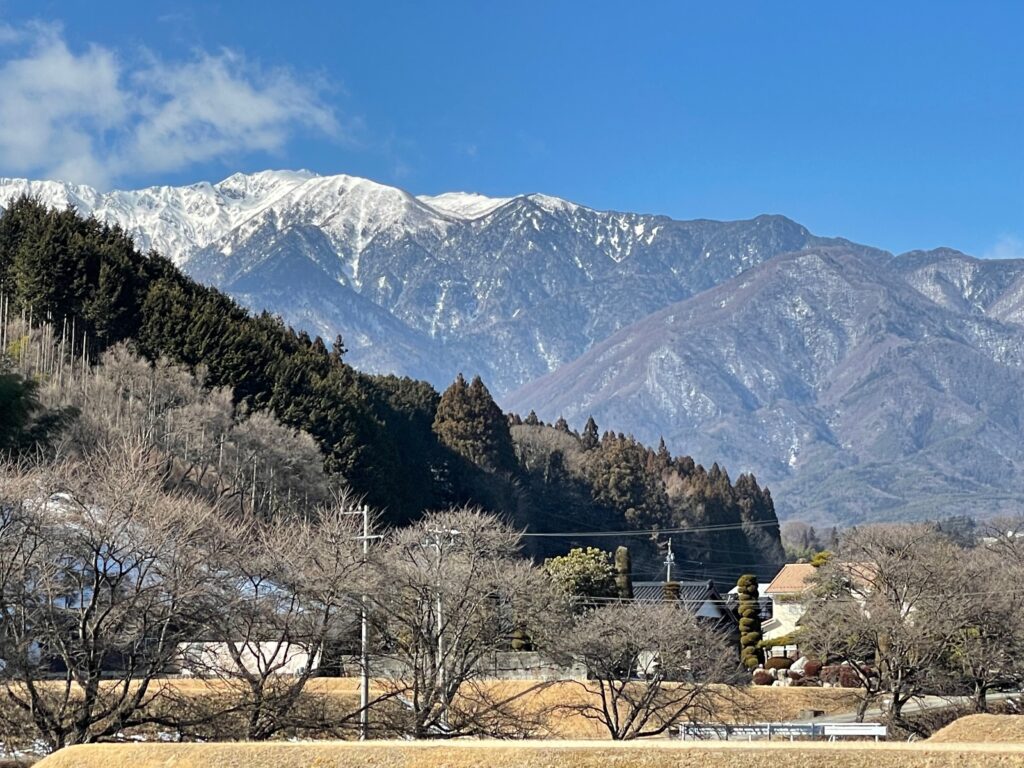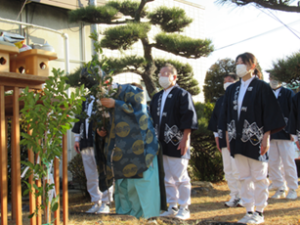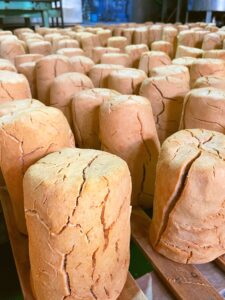“DAIKANJIKOMI” Special Miso Production Rite in 2022
Posted on July 18, 2022
HIKARI MISO Co., Ltd. conducted “Daikanjikomi” which is a traditional miso production rite on January 28, 2022. The Japanese word “Daikan” also known as Dahan (the 24th solar term) in the traditional Asian calendar means the coldest period of the year and lasts for 15 days after the beginning of midwinter. We carry out traditional “Daikanjikomi” to create the highest-quality and naturally fermented miso.

◆Expanding a wide range of products with sustainable and naturally fermented miso with “Daikanjikomi
“Daikanjikomi” is the traditional method of using the new crop of rice and soybeans harvested in late autumn of the previous year in the cold of the 24th solar term “Daikan”. “Daikan” is extremely cold and said to be the most suitable for making miso because of much less bacteria in clean air and make the fermentation slow to bring more umami.
“Daikanjikomi” is slowly fermented and aged due to the natural climate. In the early summer, we plow to replace the surface miso with the bottom miso in the barrel, in order to let the air be around all over the miso for the active fermentation to bring out umami and rich taste.
The highest quality ingredients for miso are the new crop of rice variety “Koshihikari“ and soybeans variety “Toyomasari” from Hokkaido, and the sea salt made in Japan.
◆THE MAKING PROCESS UNIQUE TO DAIKANJIKOMI
1. PRAY
In the early morning of the day of “Daikanjikomi”, we pray for the safe operation of the factory, abundance of miso making for a year, and excellence of miso quality.

2. MAKING MISODAMA (MISO BALL)
In advance of “Daikanjikomi”, we make Misodama (miso ball) only using soybeans. We steamed and mashed soybeans, then make Misodama into palm-size. Misodama is exposed to the cold and clean air outside for days of lactic acid fermentation.

3. PREP FOR FERMENTATION
Mix steamed soybeans, rice-koji and salt, and add the crushed Misodama into the tank. To ensure that the miso is fermented evenly, people stomp miso to remove the air.
4. FERMENTATION AND AGING PROCESS
Miso is then let down to long fermentation and aging process in the natural environment. In winter through spring season fermentation is very slow and inactive under cold temperature, then is followed by active yeast and enzyme activity to eventually generate ample miso aroma and umami. We appreciate slow and lengthy natural seasonal changes for the fermentation and aging process.
By carefully changing the ingredients usage ratio of rice and soybeans, and by different setting of aging period, we produce a variety kind of miso such as long-term aged miso with rich umami and relatively short-term aged miso with a sweet, fruity, and fresh taste.
Media Contact
HIKARI MISO Co., Ltd. Public Relations
info@hikarimiso.co.jp
